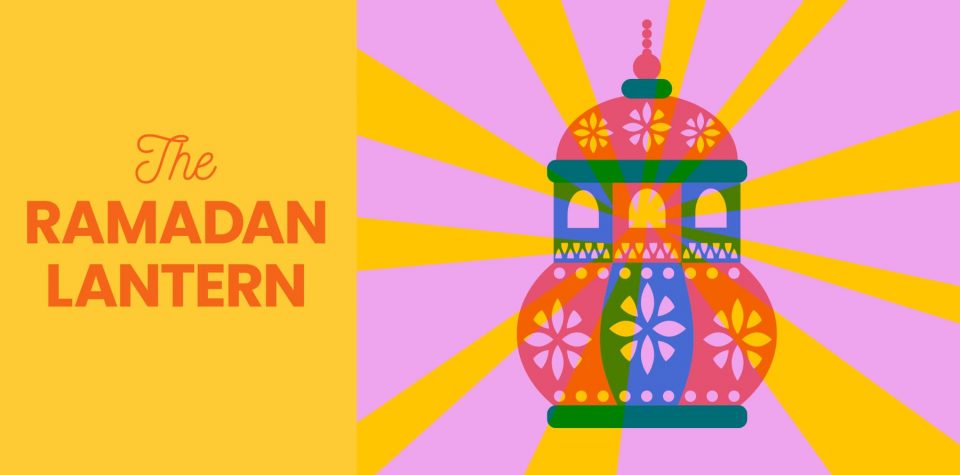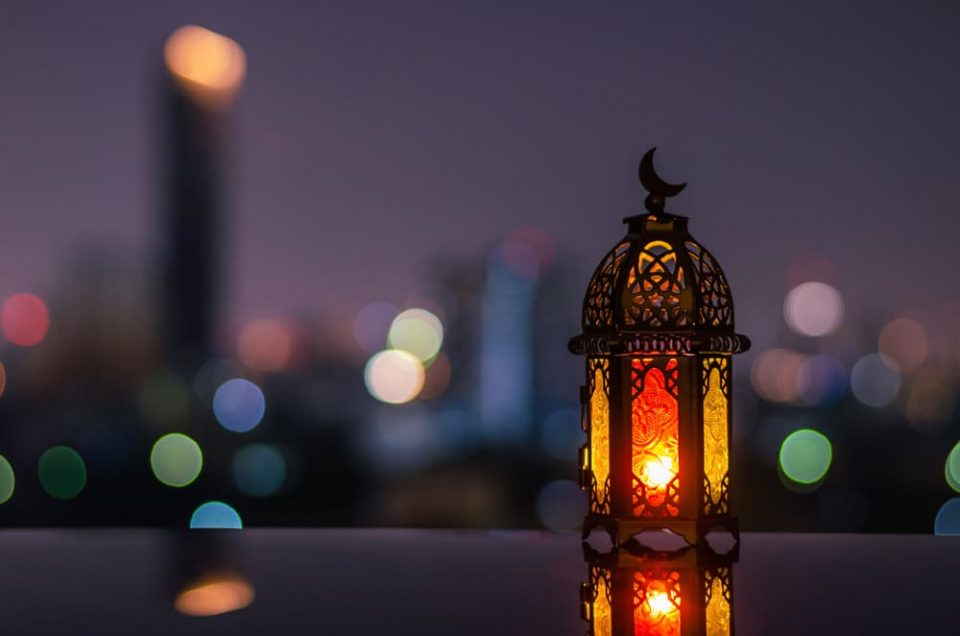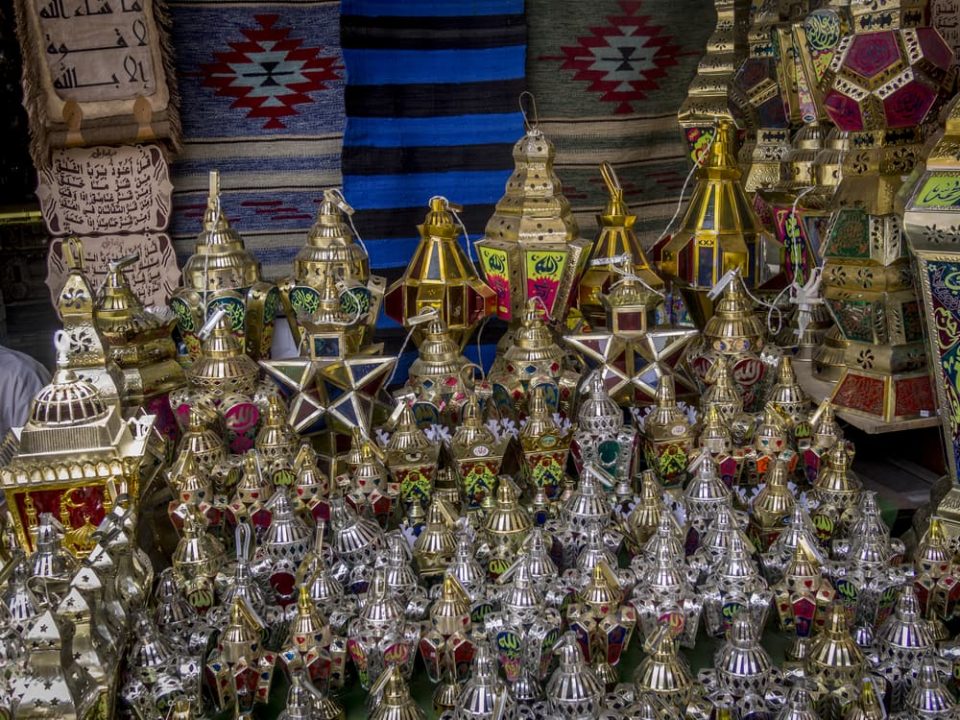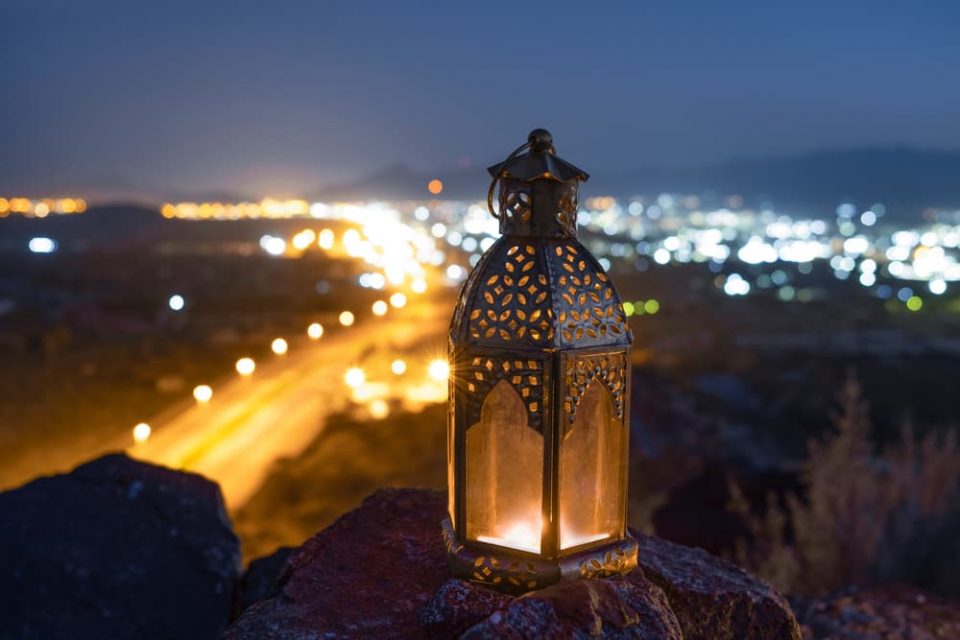
The Ramadan Lantern
The Ramadan lantern—also called a fanoos—is a bright, colorful hanging lamp seen throughout the Islamic holy month of Ramadan. Ramadan is the ninth month in the Islamic calendar, which follows the moon, and so it begins on a different date every year on the Gregorian calendar, which follows the sun.
Where Do Ramadan Lanterns Come From?

Fawanees (the plural of fanoos) appear in many places during Ramadan, but they’re best known in Egypt. According to legend, the tradition of celebrating Ramadan with lanterns began there, when a visit from a 10th-century caliph (ruler) during Ramadan prompted the citizens of Cairo to greet him while holding lanterns.
Even in Egypt, however, not everyone agrees on where Ramadan lanterns come from. The tradition might also have started with children carrying lanterns while accompanying a caliph to a hill to see the crescent moon on the first night of Ramadan. Egyptian rulers around the same time required people to hang lanterns outside some businesses and travel with them at night, and that could have played a part in the tradition’s origins as well.
How Are Ramadan Lanterns Used?

Lanterns are everywhere in Cairo during Ramadan. They come in all shapes and sizes and are made from a variety of materials. Enormous fawanees appear in public squares, children receive toy ones, and markets teem with them as Ramadan approaches. Traditional versions of the fanoos made of metal and colored glass remain popular, although plastic battery-powered ones and inexpensive lanterns featuring celebrities, political leaders, and popular cartoons are sold as well.
Some families purchase a fanoos for each child in the family as gifts, and some Cairenes (the word for people who live in Cairo) grow up knocking on doors with their lanterns, singing a Ramadan song called “wahawi ya wahawi” and receiving candy or money.

Sunset holds special significance during Ramadan. During the holy month, Muslims fast from dawn to dusk, avoiding eating or drinking while the sun is up. Fasting is one of the five pillars, or duties, of Islam. Sunset means you can eat again, and families typically have a small meal called an iftar before evening prayers and a larger meal later. Waiting for sunset, the evening call to prayer, and lighting the fanoos are all important parts of Ramadan in Egypt!
Together Time
Practiced by around 1.8 billion people, Islam is the world’s fastest-growing religion. Ramadan is a great time to learn more about it. You can get into the spirit of Ramadan even if you don’t celebrate it by trying any of the following activities with your family:
- Wake up early and eat breakfast before the sun rises
- Eat dinner after sunset
- Promise to act virtuously
- Practice charity and kindness to others
- Visit family
Ramadan Mubarak! (Have a blessed Ramadan!)
